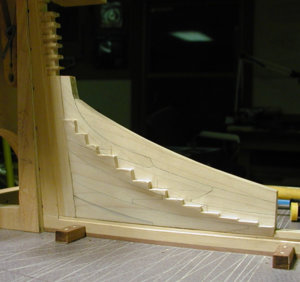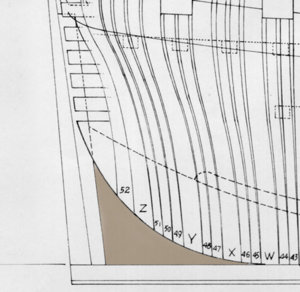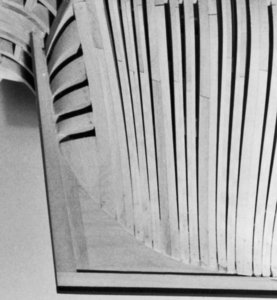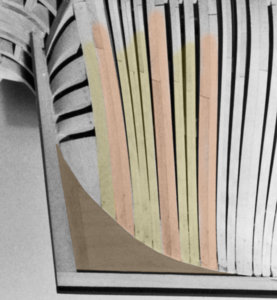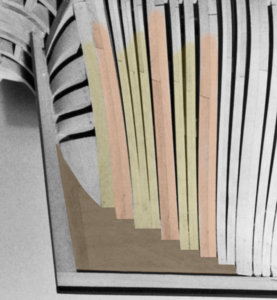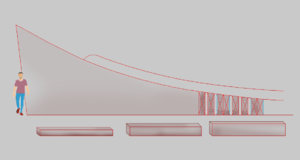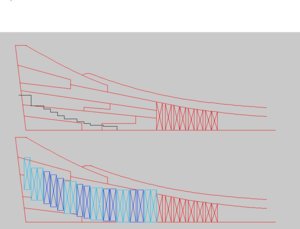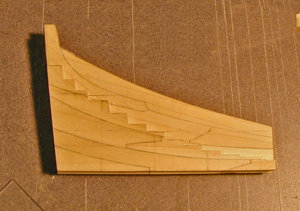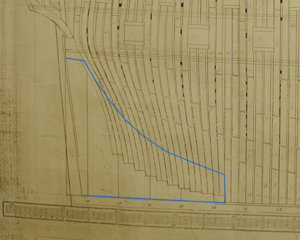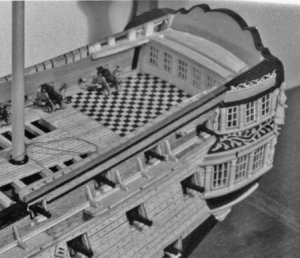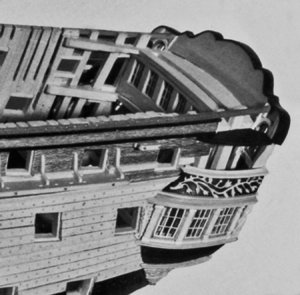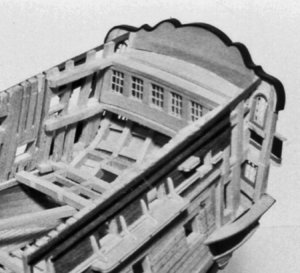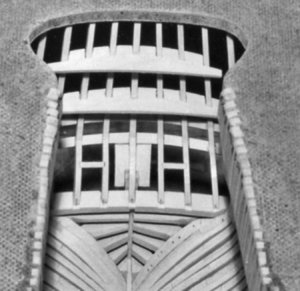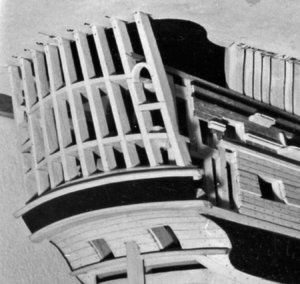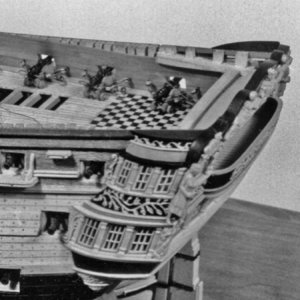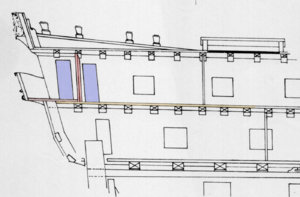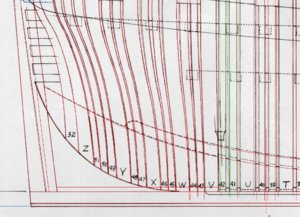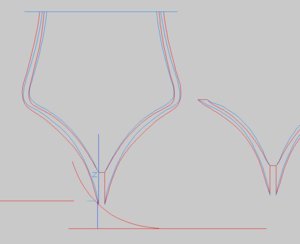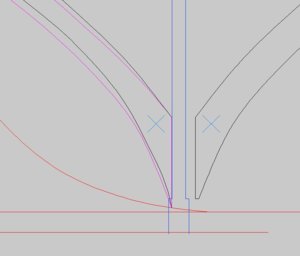- Joined
- Dec 1, 2016
- Messages
- 6,341
- Points
- 728

 |
As a way to introduce our brass coins to the community, we will raffle off a free coin during the month of August. Follow link ABOVE for instructions for entering. |
 |
 |
The beloved Ships in Scale Magazine is back and charting a new course for 2026! Discover new skills, new techniques, and new inspirations in every issue. NOTE THAT OUR FIRST ISSUE WILL BE JAN/FEB 2026 |
 |


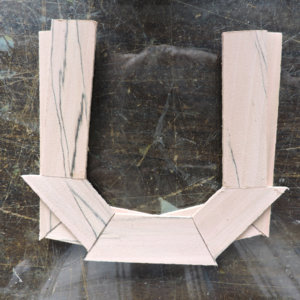
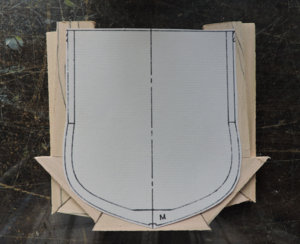
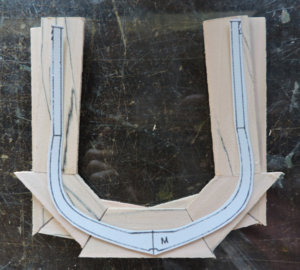


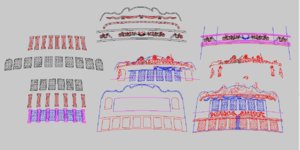
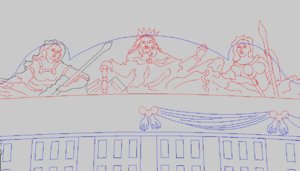
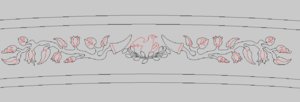
Gary ,I fixed your post ,you inserted 3 times each imageNow we come to a part that my way of building this part was more in line with my research and the way Hahn did it to help us builder. well I can seem to find any of Harolds photo's but am sure most of you have seen how he has built his stern. If you notice on Hahn's he does't have the side count timber which is really the last frame of the ship. With out that and the timbers that fit between it and the fashion frame its a little on the hard side to fit the doors for the quarter galleries As David said the stern timbers do not go all the way up to the topside but ships of Alfreds time was fitted with a balcony, so the upper windows set back in to the ship which Hahn shows. The ideal was to give more strength to the balcony with out a large over hang which on Alfred was about 6 fit from the bulkhead to the out side edge of the balcony railing. As soon as I can hope to take a few more photo's of her stern because this is one part that for me seems to change a lot. View attachment 142067View attachment 142068View attachment 142069



